Tree Hugs
THE PROJECT
SECTOR OF INTERVENTION

Agroforestry
LOCATION
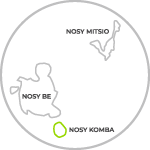
Antintorona
(Nosy Komba),
Madagascar
Donors

Private donors
Beneficiaries

1000 direct
and indirect
DURATION

15 months
(Apr 2019 – Jun 2020)
the problem
Madagascar is the fourth largest island in the world, and its rainforests provide essential ecosystem services such as water basins protection, soil erosion control, food supply, and climate regulation. To date, the country has lost about 80 percent of its original forests, and primary forest covers only 12 percent of the country. Land exploitation, the use of slash-and-burn techniques for agriculture, fires and over-exploitation of timber are responsible for the country’s rapid deforestation. About 200,000 hectares of forested areas disappear each year, and it is predicted that at current deforestation rates, the island will lose all of its forests within 40 years (WWF, 2018).
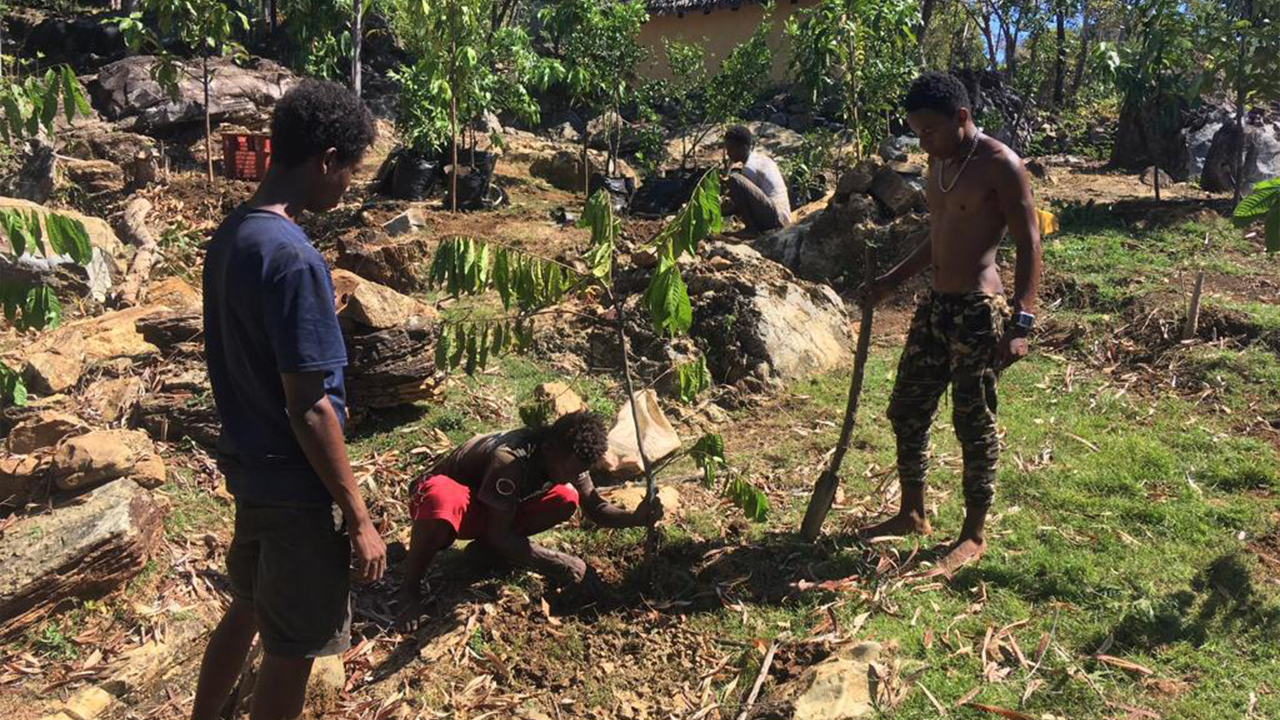
Deforestation is a widely spread problem throughout Madagascar and also creates serious economic issues on the island of Nosy Komba, where most of the cut trees are used as firewood, for the production of “charcoal,” and for the construction of houses and boats. The cost of wood has increased significantly making simple goods such as beds, tables or chairs unaffordable for the local population.
THE SOLUTION
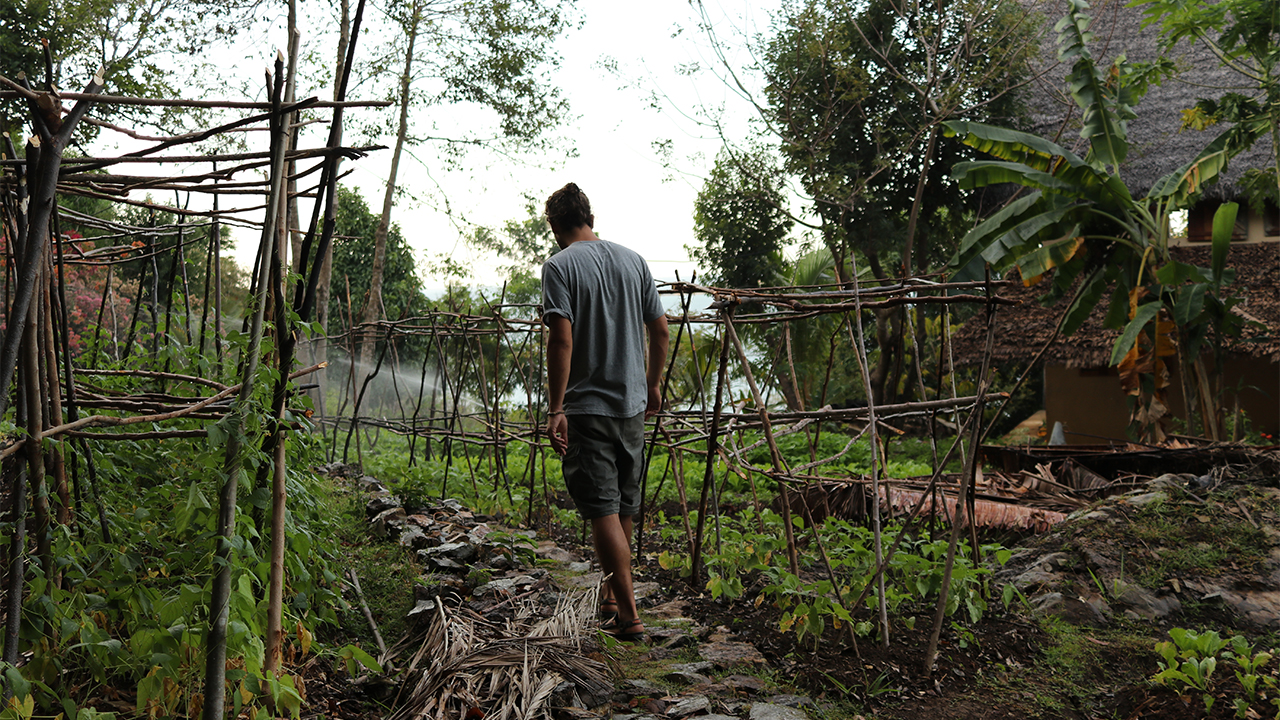
The choice of forest types was oriented toward the use of typical and native species, identified by considering the climatic and morphological factors of the area. Agroforestry systems, such as that of the Tree Hugs project, are advantageous over conventional agricultural and forestry production methods because they offer greater productivity and economic benefits, diversity in the ecological goods and services provided, and greater protection against parasites.
Gli obiettivi
obiettivo generale
Contributing to the reforestation of the areas adjacent to the village of Antintorona and ensure the usability of these areas for local people, while protecting primary forests from deforestation. Contributing to the protection of the local ecosystem and the mitigation of climate change by increasing the natural absorption of CO2 from the atmosphere.
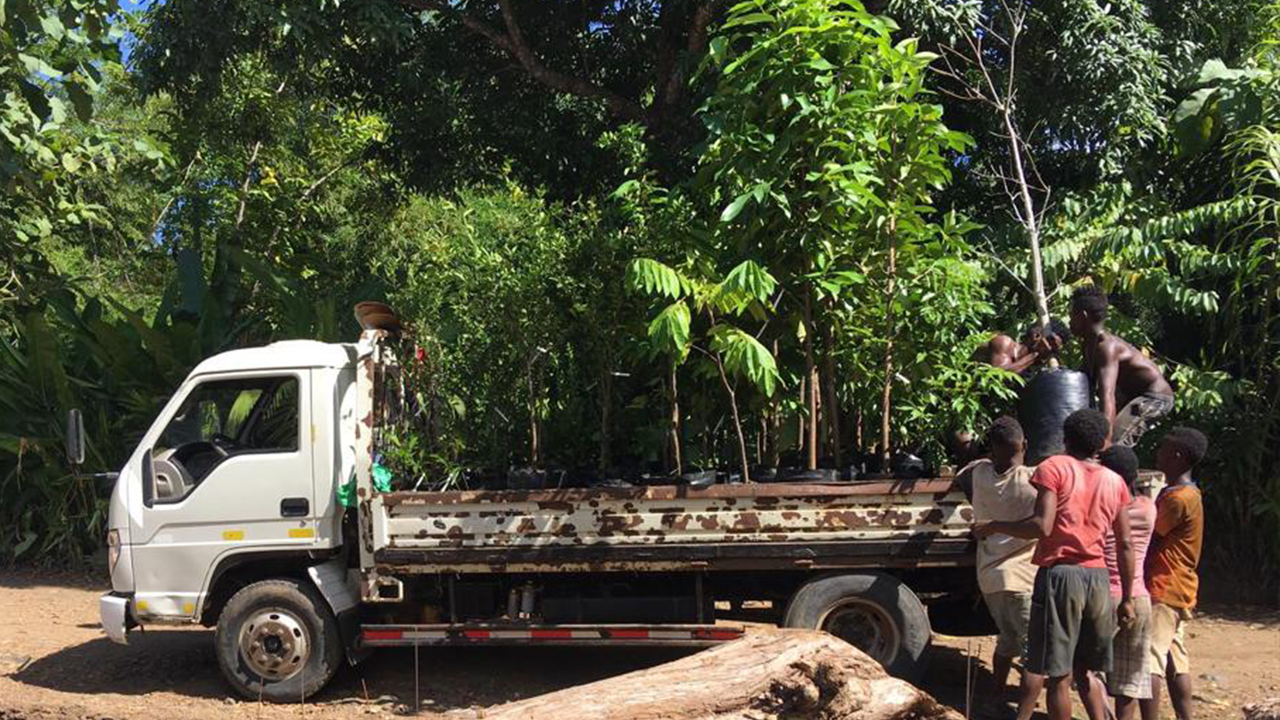
obiettivi specifici
- Increasing residents’ awareness of conservation and careful management of natural resources
- Increasing forest area to ensure greater access to wood for construction and food products (fruits)
- Contributing to the environmental protection of the land by strengthening its hydrogeological protection, and prevent biodiversity loss
- Increasing the natural absorption of CO2 from the atmosphere

the activities
The activities carried out focused on the regeneration of forests that have been destroyed in the past for logging, fire or conversion to pasture and farmland. In order to achieve the specific objectives of the project, activities were carried out in different stages and in cooperation with local communities.
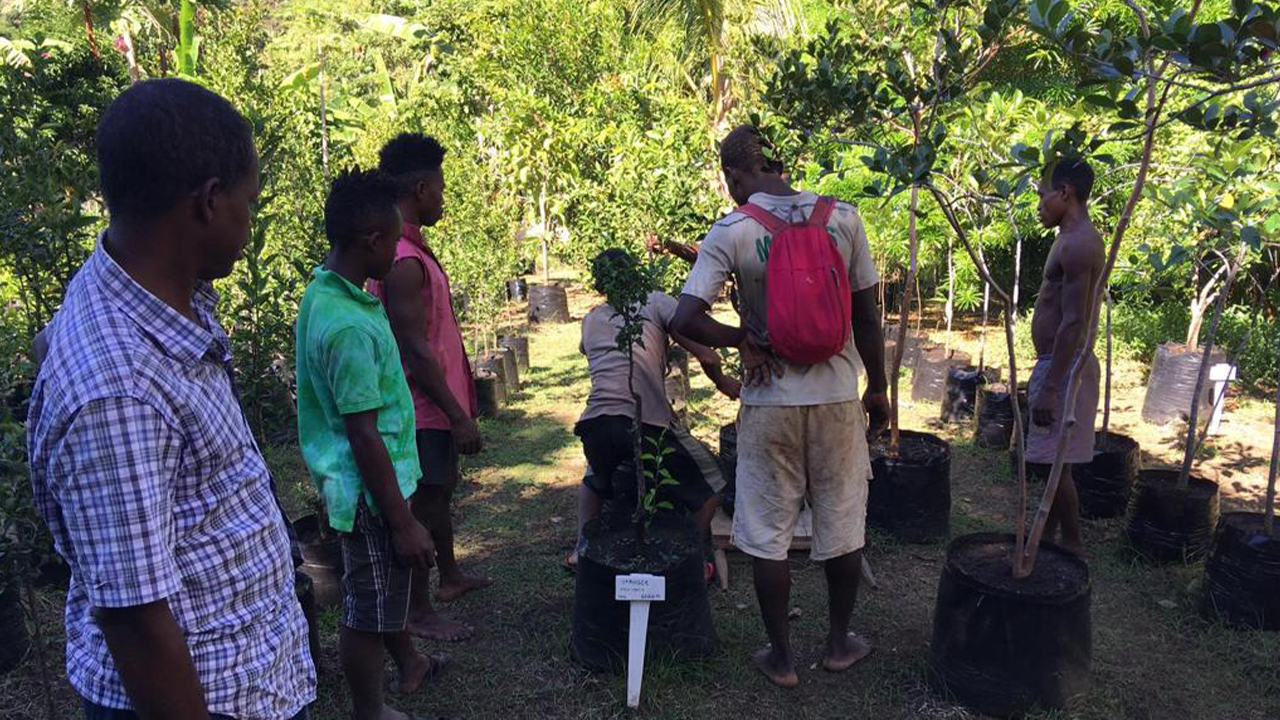
Together with the local community
The management of the agroforestry system was based on agreements with the local community and was preceded by a phase of training and awareness-raising of the inhabitants on environmental issues and the management of the island’s natural ecosystems.
Species selection
Tree species were selected based on the following criteria:
1. sensitivity of the species to intraspecific competition;
2. requirement of the species in terms of solar irradiance;
3. canopy footprint volume;
4. soil fertility and water availability.
NURSERY SPROUTING
Seeds were germinated inside bags containing a mixture of soil and manure. The germination period inside the nursery, which was constructed and set up as part of the project, varied according to species. Once the seedlings reached the right height (about 30-40 cm) and a sufficient level of strength, they were planted in the soil.
planting
Planting consisted of digging planting holes where seedlings were inserted after being manually transported from the nursery. The perimeters of the areas under reforestation and the locations of the planted seedlings were input into a geodatabase, which can be accessed remotely. This information, processed with special software, is essential for digitalizing reforested areas and facilitating their management.
management
Following planting, weeds were regularly weeded to decrease competition for soil resources. Cut weeds were placed around the shoots to support their growth: they gradually degrade,
releasing nutrients into the soil and improving its structure. This practice, known as mulching, has many benefits, including:
– moisture storage in the soil;
– prevention of weed regrowth;
– improvement of soil texture;
– protection of roots from extreme temperatures.
FOR MORE INFORMATION DOWNLOAD THE ACTIVITY REPORT
